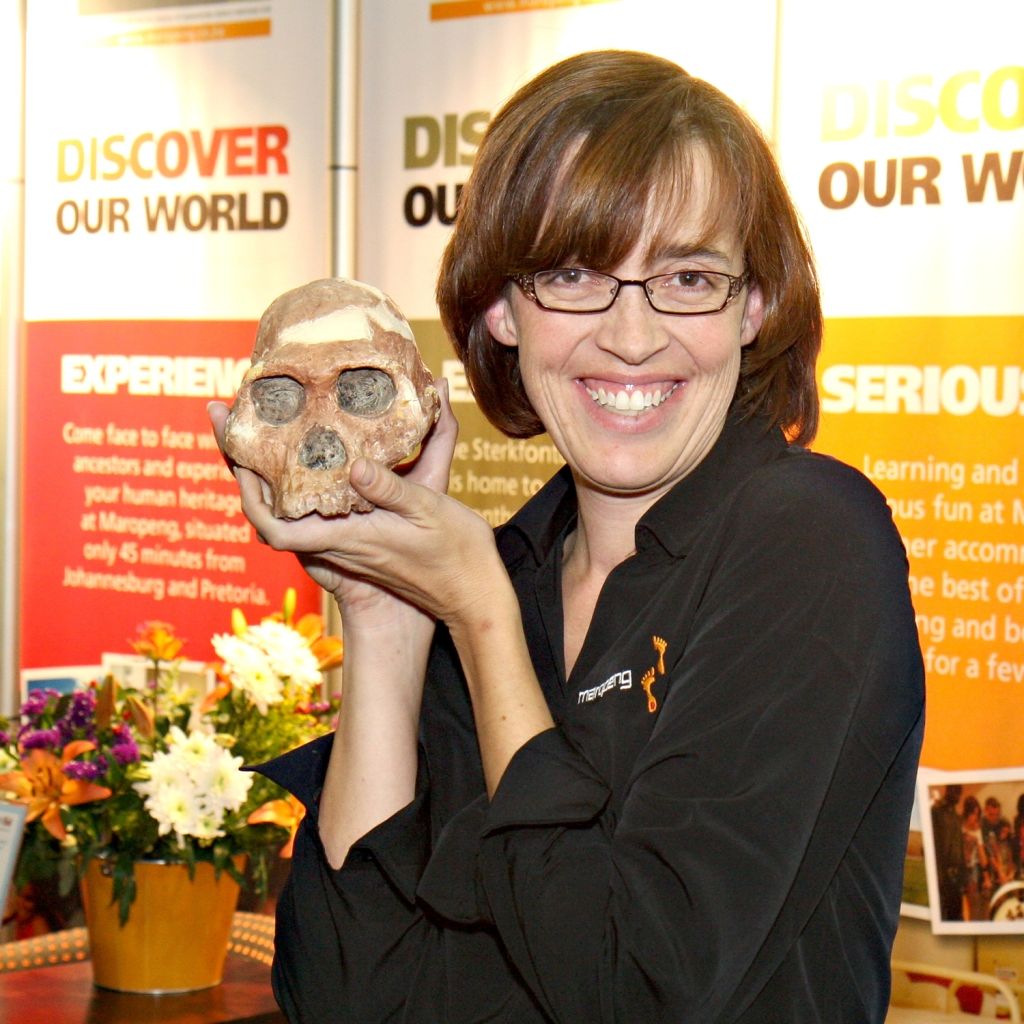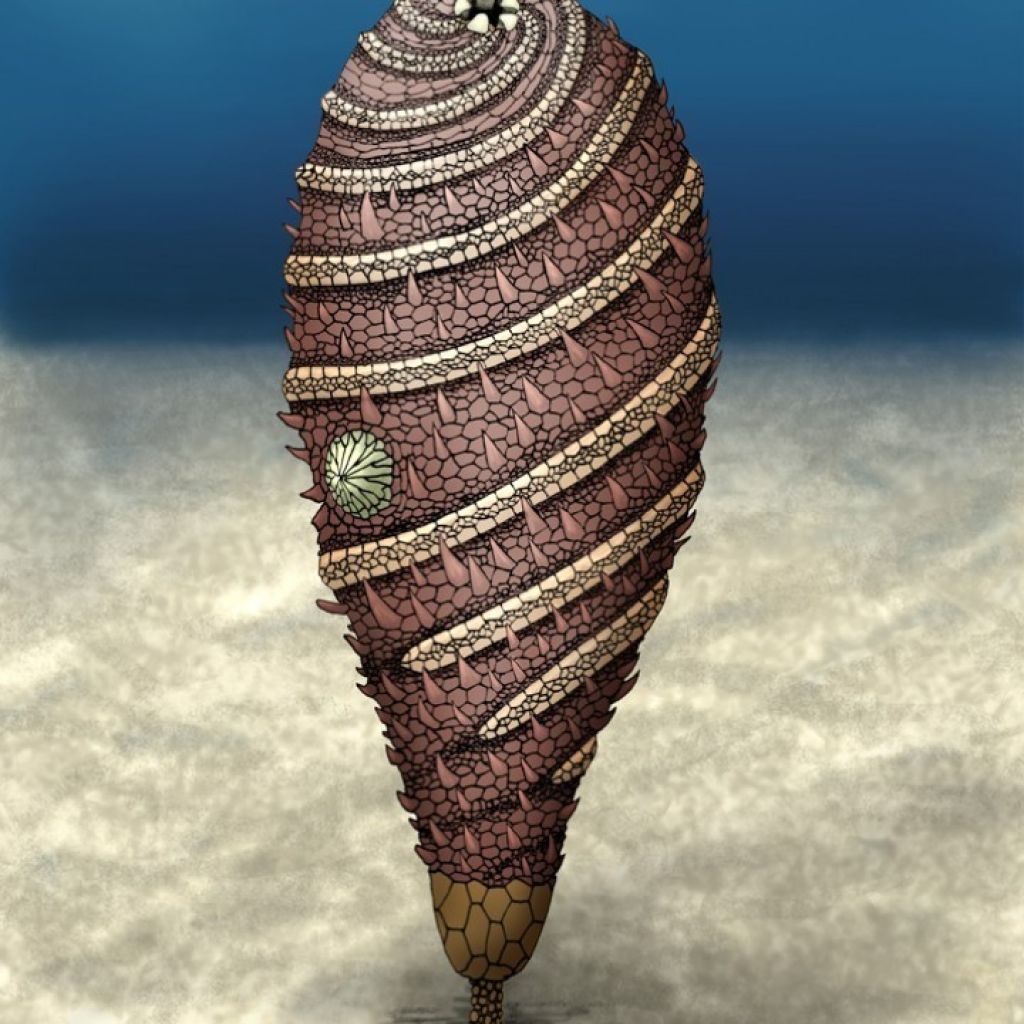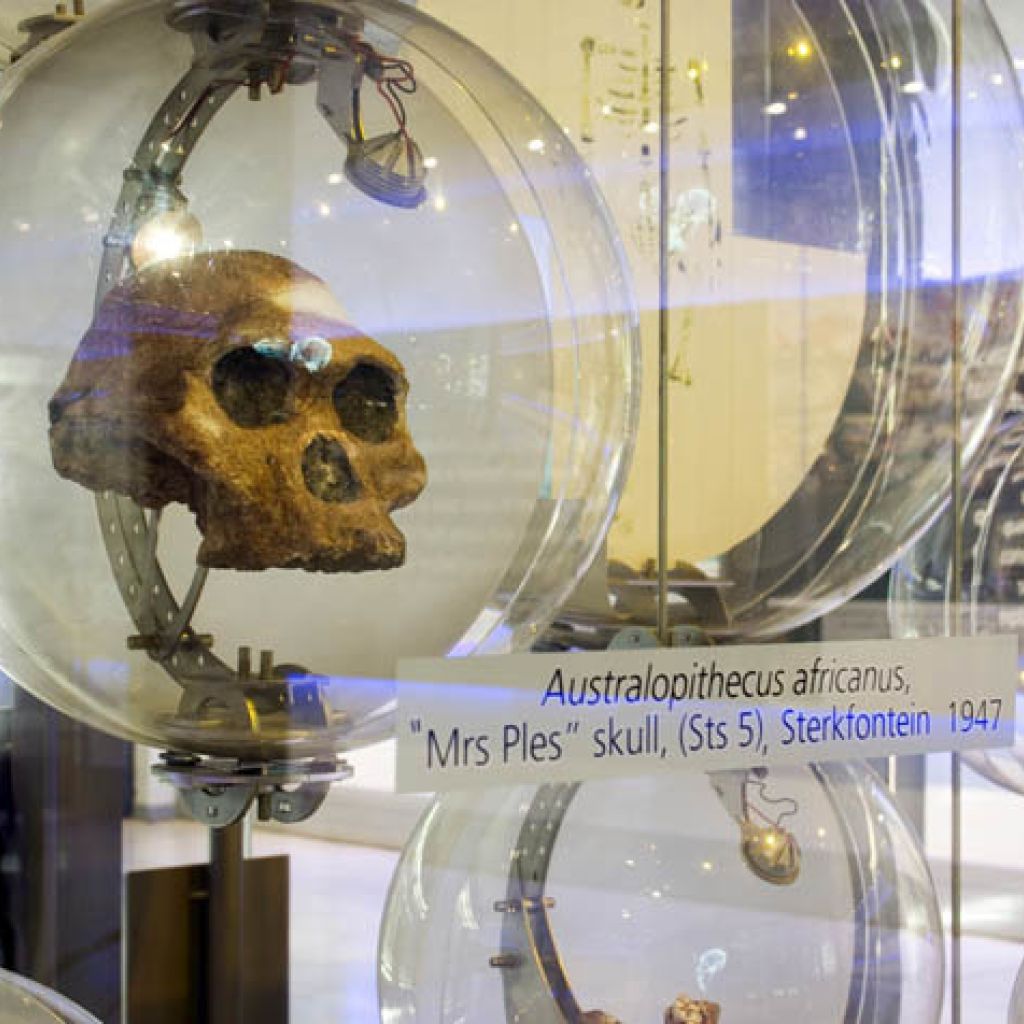New fossil discoveries hoped to stir interest in palaeontology as a career

The recent unearthing of a 500-million year-old fossil in Morocco is an exciting find “helping us further understand the prehistory of our ocean life”, says Lindsay Marshall, marketing and communications manager at Maropeng.
Marshall hopes that discoveries such as this and those made by Professor Lee Berger, of the Evolutionary Studies Institute, University of the Witwatersrand, and his son Matthew of the Australopithecus sediba, will encourage a move towards considering palaeontology as a career.
The new-found species in Morocco is the most primitive echinoderm ever found, this is the same family of animals to which starfish and sea urchins belong. They are distinguished by their five-point symmetry, and Helicocystis moroccoensis, as it has been named, is no different.
Around 500-million years ago, when H. moroccoensis was still swimming around, the Earth looked quite different. All life was found in the sea, and underwent what is described as the Cambrian explosion – a period of evolutionary history when life suddenly and rapidly diversified into all manner of shapes and sizes.

Andrew Smith, palaeontologist at the Natural History Museum in London and co-author of the study of H. moroccoensis, says that the fossil was found in sediment that contained several other strangely-designed echinoderms.
Marshall says the excitement around new fossil finds is encouraging and stimulates renewed interest from the public and scientific community, which leads to new research and further fossil discoveries.
South Africa, and especially the Cradle of Humankind and Karoo areas, are rich in fossil finds and Marshall says the interest continues to grow as the public learns and appreciates the rich fossil heritage that South Africa has.
“We see this growing interest at Maropeng in the kind of feedback we get on our social media platforms, and our steady growth in visitor numbers. For the scientific community, South Africa is a rich country when it comes to fossils. The Cradle of Humankind World Heritage Site is also unique, as nowhere else in the world are there as many hominid fossil discoveries than right here. Our Karoo region is also very rich in palaeontological finds. Many postgrad students decide to do their fieldwork and studies here in South Africa because of what we offer,” she says.
Professor Francis Thackeray, of the Evolutionary Studies Institute at the University of the Witwatersrand, says while there is a renewed interest in fossil discoveries, especially in South Africa, there is still the problem of so few professional palaeontologists in the country.

“I am delighted that public awareness of South Africa’s heritage has grown in the past 20 years. Interest has grown with regard to Mrs Ples, Australopithecus sediba, Little Foot and so on. We are hoping that more jobs can be created for young South Africans looking to turn to palaeontology as a career,” he says.
The most exciting part is that there is still much to discover, believes Marshall.
Besides the Australopithecus sediba discovery, two skeletons were recently discovered in a 250-million year-old burrow in the Karoo, one a mammal-like reptile and the other an amphibian.
“As South Africans we have a wealth of ancient history right on our doorstep. By creating awareness around these exciting finds we aim to encourage those heading to university to consider a career in palaeontology. Many of the world’s brightest minds in palaeontology are at our disposal,” she concludes.